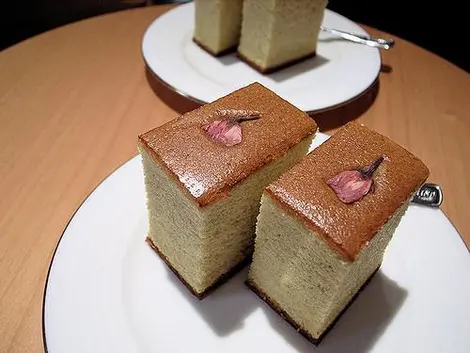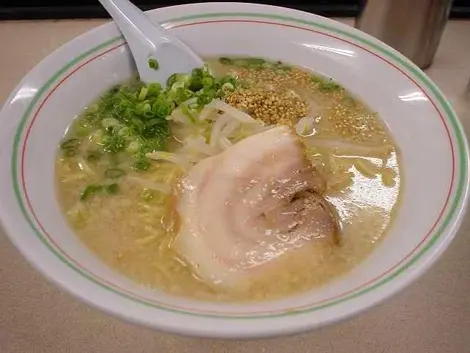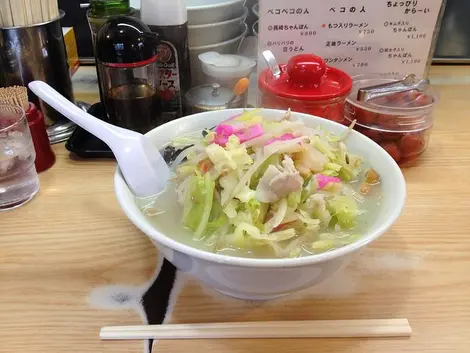Southern specialties
Savory, sweet, south...
Often reduced to sushi and yakitori, Japanese cuisine actually has many regional differences. Take a tour of the culinary specialties of southern Japan.
Southern Japan, including the island of Kyushu, is a separate region with different culinary traditions from the rest of the archipelago due to the past influence of settlers and other foreigners on the island, which does not touch the rest of Japan.
So, discover southern Japanese cuisine!
Gourmet cake in Kyushu
The first food brought by Portuguese traders, is the sweet treat castella (カステラ), a kind of sponge cake whose shape evokes typical Portugal castles (castelo). This dessert, made using malt syrup or honey, is among the omiyage (souvenirs) always brought back from Kyushu by tourists.
Another dish, Chinese-influenced this time, is champon. It first appeared in the Meiji era to satisfy the stomachs of Chinese students in Nagasaki, and is a dish similar to ramen, only with the noodles directly cooked in the broth. Hakata ramen (also called tonkotsu ramen) is a specialty of Fukuoka, and is famous for its rich broth made with pig bones, or tonkotsu.
Shikoku, where fish is king
On the island of Shikoku, bonito (skipjack tuna) is popular. The Tosa area offers tataki as a typical dish. It's tuna served in slices, seared on the outside and raw inside, accompanied by a Japanese citrus-based dipping sauce, ponzu.
Another bonito-based specialty of Kagawa, sanuki udon, has more recently increased in popularity across the country. Its simplified version combines udon and fish broth seasoned with soy sauce.
Okinawa: when food is a cure
The benefits of the Okinawan kitchen come from three main ingredients: seaweed, pork, and tofu.
Champuru consists of an assortment of vegetables, pork and shimadofu, a specific tofu in Okinawa that remains firm when cooked. The most famous version of this dish? Goya champuru: it has a slight bitter taste due to the goya, a kind of squash grown mainly in Okinawa.
Registered since 2013 on the list of the Convention for the Safeguarding of Intangible Cultural Heritage, washoku (and its culinary expertise) demonstrates the importance attached to the lifestyle and vitality of Japanese cuisine.




















